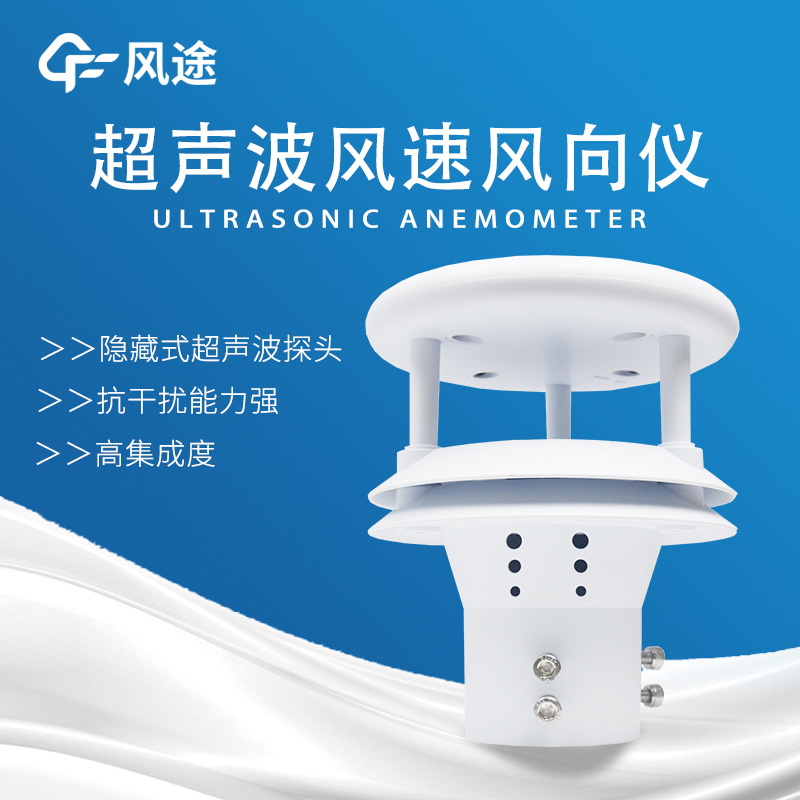Shandong Fengtu IOT Technology Co., Ltd
Sales Manager:Ms. Emily Wang
Cel,Whatsapp,Wechat:+86 15898932201
Email:info@fengtutec.com
Add:No. 155 Optoelectronic Industry Accelerator, Gaoxin District, Weifang, Shandong, China

Sales Manager:Ms. Emily Wang
Cel,Whatsapp,Wechat:+86 15898932201
Email:info@fengtutec.com
Add:No. 155 Optoelectronic Industry Accelerator, Gaoxin District, Weifang, Shandong, China
time:2023-12-19 17:10:26 source:Weather Station viewed:642 time
Shipborne automatic weather station is a kind of meteorological observation system using ship as a working platform, which is capable of real-time observation of elements of marine meteorology such as temperature, air pressure, humidity, wind speed, wind direction, rainfall and visibility. In the field of marine engineering, it is convenient for the crew and ship management to understand the marine meteorological conditions to predict the weather conditions and improve the safety and efficiency of ship navigation.
The ultrasonic wind speed sensor adopts the time difference method for wind speed measurement, which has the advantages of stable performance, easy to carry, no moving parts, no need for maintenance and on-site calibration, etc., and is a more advanced wind speed measurement instrument.
So how are these two devices connected in one place? In the field of offshore engineering, knowledge of offshore meteorological conditions is vital for predicting weather conditions and ensuring the safety and efficiency of ship navigation. In order to measure the direction of the wind, it is now common to use an anemometer or wind sensor device. When an ultrasonic wind sensor is installed in a shipboard automatic weather station, it works in close co-operation with the other equipment in the weather station to fulfil the task of observing the marine weather.
Through the joint work of these devices, the crew can obtain comprehensive information about the marine meteorological conditions and thus make more accurate navigational decisions. For example, if strong winds are predicted, the crew can adjust the sailing speed or change the sailing route in advance to avoid potential risks. In addition, the data can be used in areas such as marine scientific research, weather forecasting and climate change studies.
Overall, ultrasonic wind sensors and weather stations play a key role in the field of marine engineering. They provide vital meteorological data to support ship navigation, helping crews to make more informed decisions to ensure safe and efficient navigation. With the continuous development of science and technology, more advanced equipment and technology may be applied to the field of marine meteorological observation in the future, providing more accurate and reliable data support for human exploration and use of the ocean.

rain gauge meaning is an instrument that measures precipitation and is used to determine the depth of precipitation occurring over a unit area....
non contact level sensor uses pulse radar for liquids to accurately record levels in liquid media reliably and accurately....
Regional weather stations are an important part of weather information collection system. It operates in the field for a long time, with convenient data acquisition, local coverage and very easy operation and maintenance. It is a new type of meteorological observation equipment that outputs data acq...
Grid-based air quality monitoring is an air quality monitoring method based on grid-based spatial distribution. The monitoring area is divided into grid cells, and air quality monitoring data from air quality monitoring stations and meteorological data are used to predict and assess the air quality...